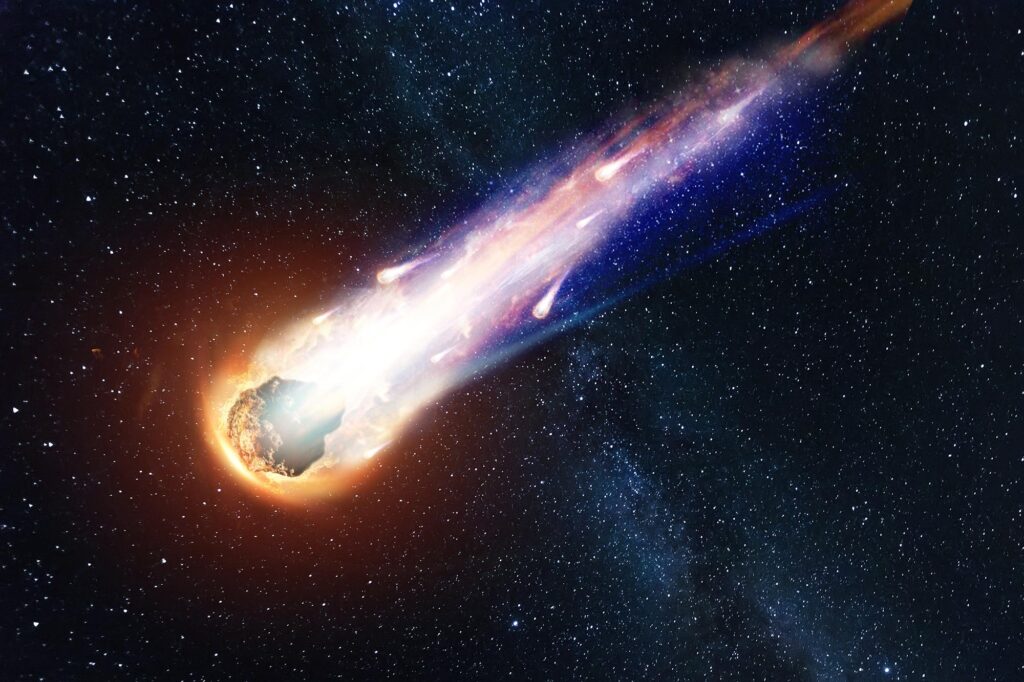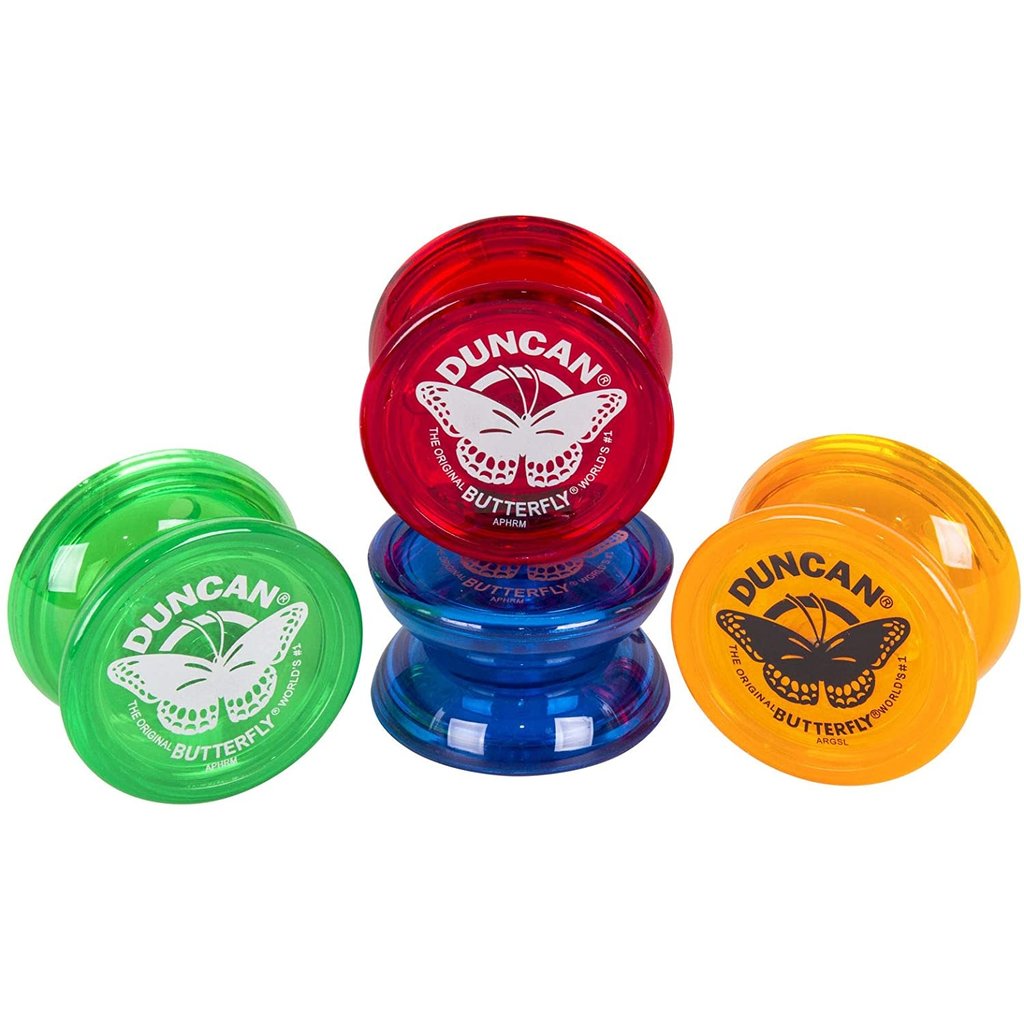What is the most expensive meteorite?
The most expensive meteorite is the Fukang meteorite, which sold for around $1.77 million. This stunning pallasite meteorite, found in China, features beautiful olivine crystals embedded in a nickel-iron matrix. It’s not just valuable; it’s also about 4.5 billion years old, making it one of the oldest known meteorites!
How much is a 1-pound meteorite worth?
The value of a 1-pound meteorite can vary widely depending on its type and rarity. On average, you might find prices ranging from $1,000 to $5,000 per pound, but some rare types can go much higher. It’s all about the specifics!
What is the most expensive asteroid found on Earth?
The most expensive asteroid found on Earth is likely the Zagami meteorite, which is a Martian meteorite. It has been valued at over $2 million due to its unique origin and the fact that only a handful of Martian meteorites exist.
Are meteorites worth more than gold?
Yes, certain meteorites can be worth significantly more than gold. For instance, some rare meteorites can fetch prices that far exceed gold’s value, which is around $60 per gram. Some meteorites, especially those from the Moon or Mars, can sell for thousands of dollars per gram.
What are the rarest metals in meteorites?
The rarest metals found in meteorites include ruthenium, osmium, and iridium. These metals are often present in very small quantities and are highly sought after by collectors and scientists alike.
How much money do you get if you find a meteorite?
If you find a meteorite, the amount you can make depends on its size, type, and rarity. Some small meteorites might be worth a few hundred dollars, while larger or more unique specimens could sell for thousands or even millions at auction.
Is it safe to touch a meteorite?
Yes, it’s generally safe to touch a meteorite. However, if it’s a particularly rare or valuable specimen, you might want to handle it with care or wear gloves to avoid damaging it.
What giant asteroid has gold worth $700 quintillion?
The asteroid 16 Psyche is known for its metallic composition, which includes a significant amount of gold. Estimates suggest that the gold alone could be worth around $700 quintillion!
What meteor is full of gold?
While most meteorites don’t contain gold, 16 Psyche is a metallic asteroid believed to have a lot of precious metals, including gold. It’s not a meteorite that has landed on Earth yet, but it’s a fascinating target for future exploration.
What asteroid could make everyone a billionaire?
If we could mine 16 Psyche, it’s estimated that the wealth from its metals could potentially make everyone on Earth a billionaire due to its vast resources.
Are meteorites radioactive?
Most meteorites are not radioactive. However, some can contain trace amounts of radioactive isotopes, but they are generally safe to handle. It’s always best to check with a specialist if you have concerns.
Who will buy my meteorite?
You can sell your meteorite to collectors, museums, or auction houses that specialize in meteorites. There are also online marketplaces where you can connect with interested buyers.
Can you make money finding meteorites?
Absolutely! Many people have turned their passion for hunting meteorites into a profitable hobby. If you find a valuable specimen, it can sell for a significant amount of money.
Will a magnet stick to a meteorite?
Many meteorites are metallic and will be attracted to a magnet. However, some stony meteorites may not be magnetic, so it’s not a definitive test for authenticity.
Which meteorite is most valuable?
The Fukang meteorite is currently the most valuable meteorite known, valued at around $1.77 million. Its unique composition and stunning appearance make it highly sought after.
Do meteorites smell?
Meteorites don’t typically have a strong smell, but some people report a metallic or earthy scent when they handle them. This can vary depending on the meteorite’s composition.
Is it illegal to pick up a meteorite?
In many places, it’s legal to pick up meteorites on private land with permission. However, laws can vary by country and region, so it’s always good to check local regulations.
Can I keep a meteorite I found?
Yes, if you find a meteorite on your property or in an area where it’s legal to collect, you can keep it. Just make sure to document its location and any relevant details.
What is a 30 lb meteorite worth?
A 30-pound meteorite can be worth anywhere from $30,000 to $150,000 or more, depending on its type and rarity. The more unique and sought-after the meteorite, the higher the price.
How to tell if a meteorite is real?
To determine if a meteorite is real, look for a smooth, fusion crust, metallic content (often magnetic), and a dense weight. You can also consult a geologist or meteorite expert for verification.
What are the odds of finding a meteorite?
The odds of finding a meteorite are quite low, as they are rare and often blend in with regular rocks. However, in certain areas known for meteorite falls, your chances increase significantly.
Will a metal detector pick up a meteorite?
Yes, a metal detector can pick up metallic meteorites, especially iron-rich ones. It’s a useful tool for meteorite hunters!
What is the asteroid that makes everyone a billionaire?
The asteroid 16 Psyche is often mentioned as a potential source of wealth due to its metallic composition, which could provide enough resources to make everyone a billionaire if mined.
Why is Davida so valuable?
The Davida meteorite, a rare type of pallasite, is valuable due to its unique composition and the beautiful olivine crystals it contains. Its rarity and stunning appearance make it highly sought after by collectors.
What is the most wealthy asteroid?
16 Psyche is considered one of the wealthiest asteroids due to its high metal content, including gold and platinum. Its estimated value is in the quintillions!
Which planet is rich in gold?
While no planet is specifically known for being rich in gold, asteroids like 16 Psyche are believed to contain significant amounts of precious metals, including gold.
Are there diamonds in space?
Yes, scientists believe there are diamonds in space! Some meteorites contain tiny diamonds, and researchers have found evidence of larger diamonds in the remnants of ancient stars.
How did gold get to Earth?
Gold likely arrived on Earth through asteroid impacts during its early formation. These asteroids contained heavy metals, including gold, which were delivered to our planet.
Is wearing meteorite safe?
Yes, wearing meteorite jewelry is generally safe. Just make sure it’s properly processed and not made from any radioactive materials.
Are meteorites hot when they land?
Meteorites can be very hot when they first enter the atmosphere due to friction, but they cool down quickly upon landing. By the time they hit the ground, they’re usually just warm or cool.
What is the black rock that sticks to a magnet?
The black rock that sticks to a magnet is likely a type of iron meteorite or a magnetite-rich rock. These materials contain iron, which is magnetic.
Why is it illegal to own a meteorite?
In some countries, it may be illegal to own a meteorite due to laws protecting cultural heritage or scientific specimens. Always check local laws before collecting.
Can the government take your meteorite?
Yes, in some cases, the government can claim ownership of meteorites found on public land or if they are deemed to have significant scientific value.
Does homeowners insurance cover meteorite?
Homeowners insurance typically covers personal property, so if you have a meteorite, it might be covered under your policy. It’s best to check with your insurance provider for specifics.
What is the most expensive space rock in the world?
The most expensive space rock is generally considered to be the Fukang meteorite, valued at around $1.77 million. Its rarity and unique characteristics make it a prized possession.
What asteroid is worth $10 quadrillion dollars?
The asteroid 16 Psyche is often cited as being worth around $10 quadrillion due to its rich metallic composition, including precious metals like gold and platinum.
Who owns asteroids in space?
Currently, no one can claim ownership of asteroids in space due to international treaties like the Outer Space Treaty, which states that space is the province of all humankind. However, private companies are exploring the possibility of mining asteroids in the future.













